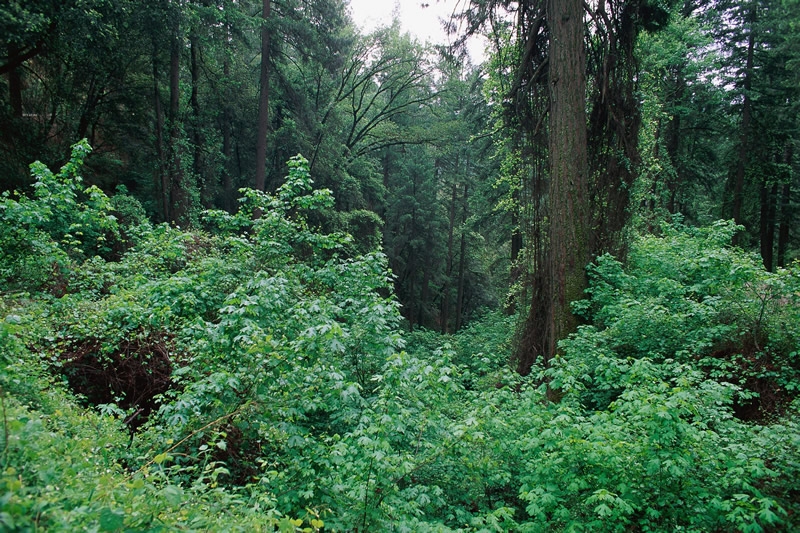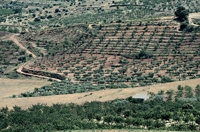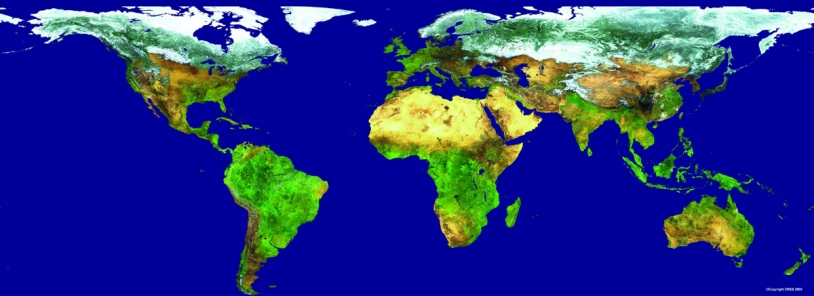1st joint French-Israeli mission
One year ago, France and Israel completed the 1st phase of their joint VENµS* mission, validating the main concepts. Today, they have consolidated the foundations of the programme and VENµS has entered its development phase.
CNES President Yannick d'Escatha and Isa Director General Zvi Kaplan signed a memorandum of understanding (MoU) concerning the mission on 12 April. Two months later, on 16 June, the CNES Board of Directors gave its official go-ahead for VENµS and allocated funding to pursue the programme.

VENµS is a research demonstrator mission for the GMES programme (Global Monitoring for Environment and Security). Dedicated to monitoring vegetation, it will lay the foundations of an operational GMES observatory designed to keep track of the environment and manage natural resources.
A programme to monitor vegetation
Mapping land use is a basic requirement. In this respect, VENµS is opening new horizons. Every 2 days, the satellite will cover 50 sites representative of the world’s main inland and coastal ecosystems in 12 spectral bands in the visible and near-infrared.
By mapping vegetation at high resolution using a superspectral camera, the satellite will make it possible to derive enhanced information from this type of data. More significantly, it will also help to automate and improve thematic mapping procedures.
Other VENµS applications include assessment of carbon flux and monitoring and management of crop production and water resources.
The mission will also be used to characterize water colour for applications in continental hydrology and coastal oceanography.
The mission will also be used to characterize water colour for applications in continental hydrology and coastal oceanography.
Isa and CNES are sharing responsibilities for the VENµS programme. Isa will be responsible for the spacecraft bus, satellite integration, engineering data, and the satellite control centre.
CNES is responsible for the science mission centre, including the science data processing centre and programming centre. These facilities are located at the Toulouse Space Centre.
CNES is also supplying the superspectral camera and is in charge of the launcher interface.
CNES is also supplying the superspectral camera and is in charge of the launcher interface.

* (Vegetation and Environnement monitoring on a New Micro-Satellite)
